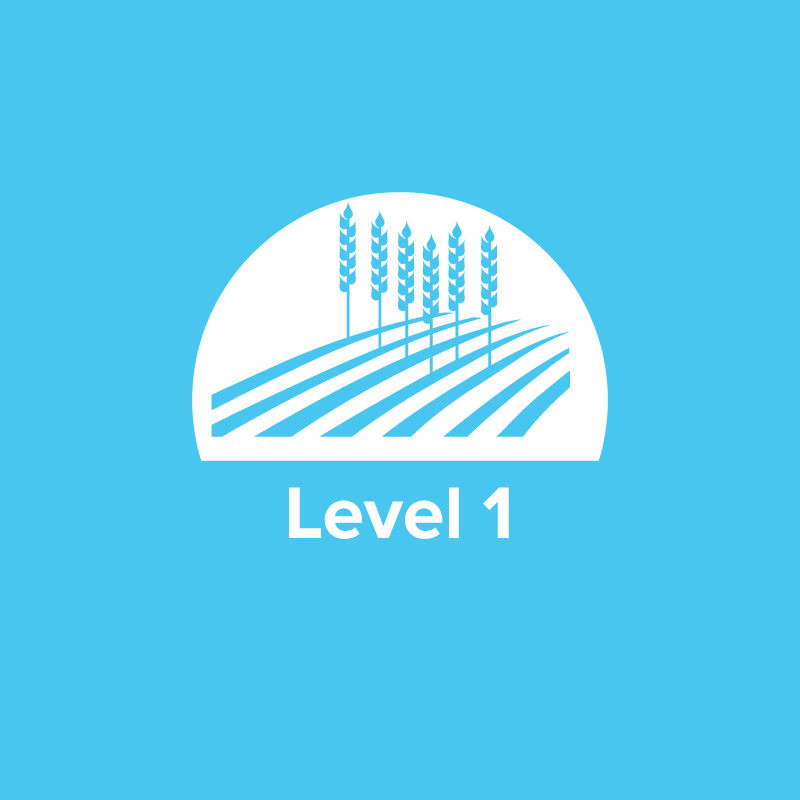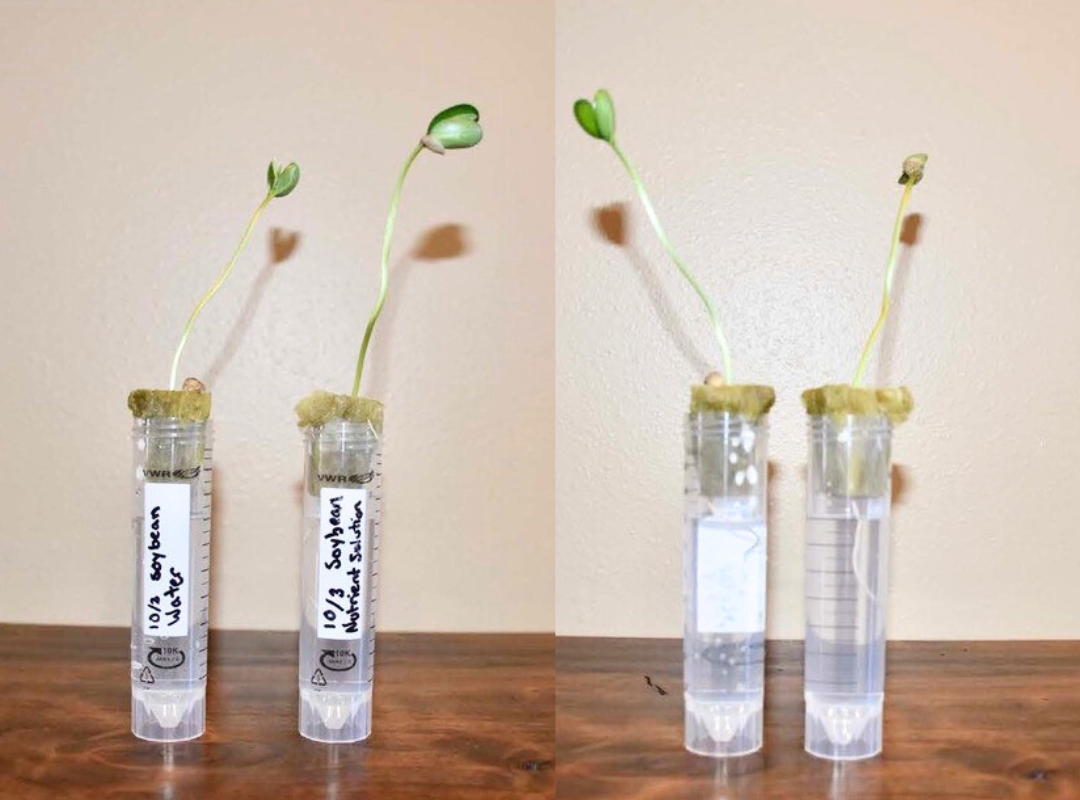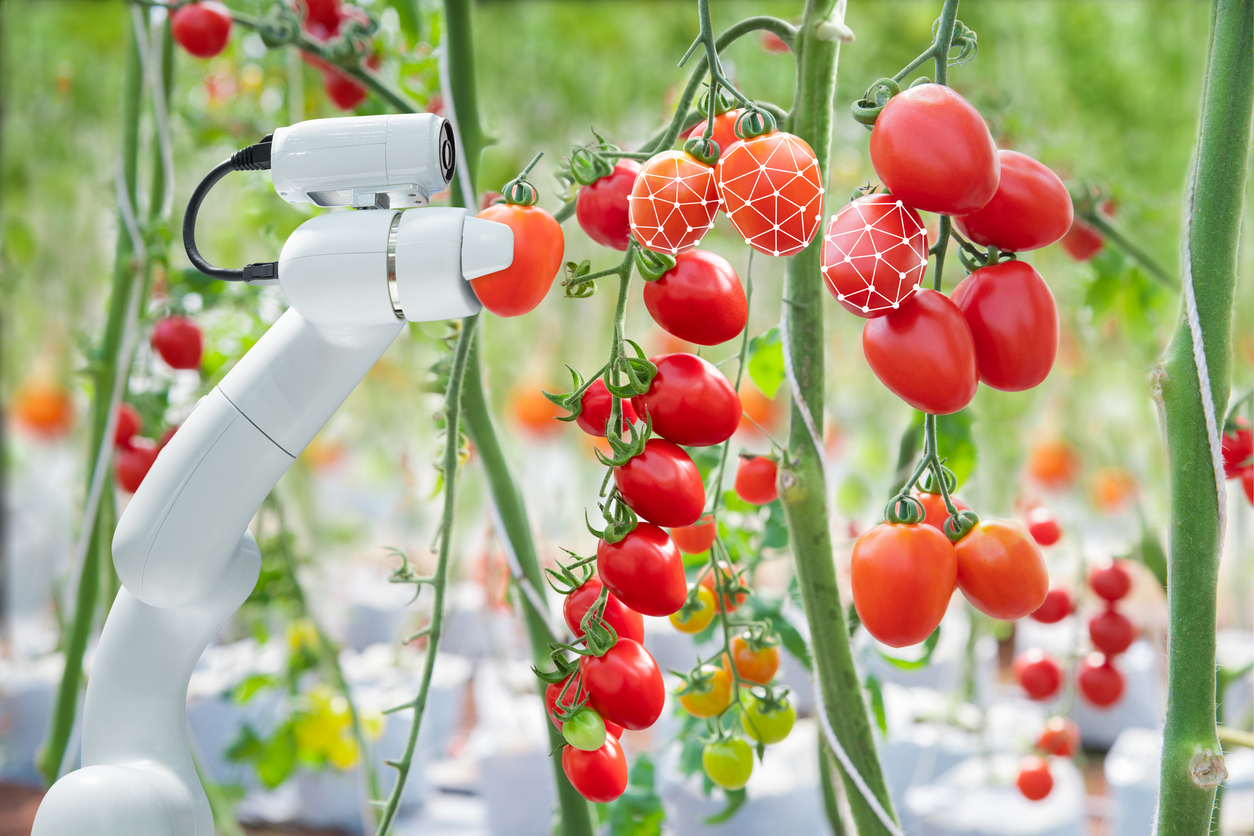Weighing in on Egg Labels, Supply, and Demand
Students will apply a basic understanding of the laws of supply and demand, learn about different types of egg laying farms, and recognize the impact labeling has on consumer choices.
Students will apply a basic understanding of the laws of supply and demand, learn about different types of egg laying farms, and recognize the impact labeling has on consumer choices.

Students will explore the core question, “How will we sustainably feed nearly 10 billion people by the year 2050?” as they discover what sustainable agriculture is and how it is critical to securing a stable food supply and future for a growing population.

Investigate the importance of nutrients for plant growth and discover how plants grow without soil by growing and observing plants in a test tube hydroponic system.
Students explore the almond tree life cycle including tree dormancy, pollination, bloom, and kernel development of an almond.
Students investigate the process of getting almonds from farm to table and distinguish the difference between facts and opinions as they explore about each stage and season of almond growth.
Students investigate a variety of berries, discover how and where they are grown, and explore their nutritional benefits.

Students discover the four main components of robots, explore how robots are used in agriculture, and program and operate a robot to address a farming challenge.

Students discover the four main components of robots, explore how robots are used in agriculture, and program and operate a robot to address a farming challenge.
Students identify the parts of a wheat plant and wheat kernel and investigate the process of milling wheat kernels into flour.
Students use the story The Little Red Hen to investigate wheat production and bread making. Students thresh their own wheat and grind it into flour to make bread.
Students explore the connection between geography, climate, and the type of agriculture in an area by reading background information and census data about the agricultural commodities beef, potatoes, apples, wheat, corn, and milk.
Students use the story of The Empty Pot to explore literature and science, practicing story mapping and examining the needs of plants and the importance of soil and water. Like the characters in the story, students plant and observe the growth of seeds.